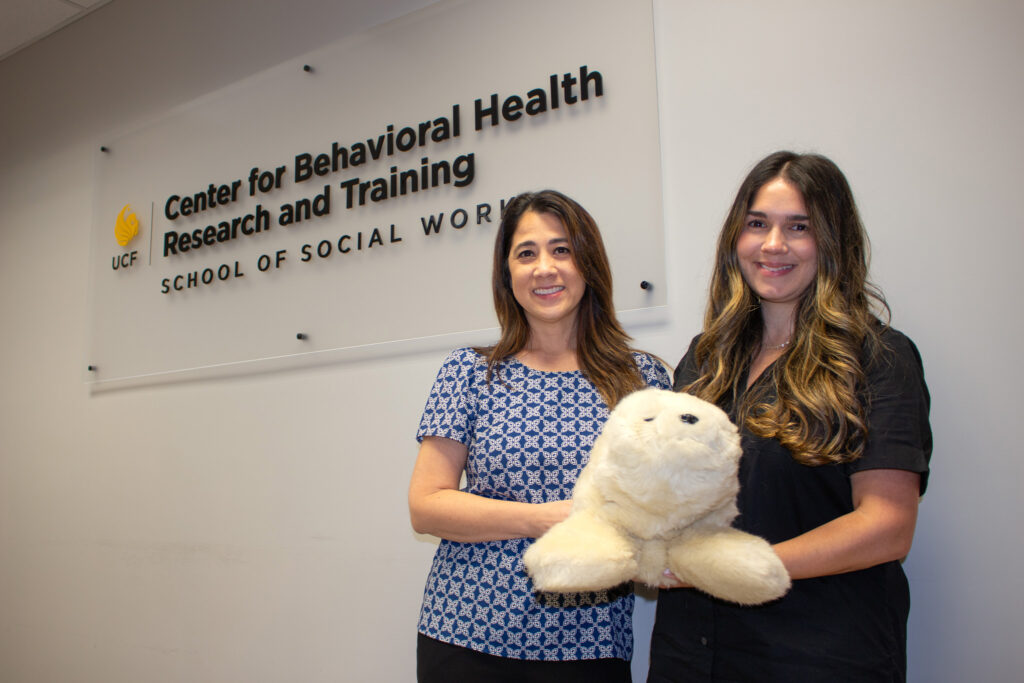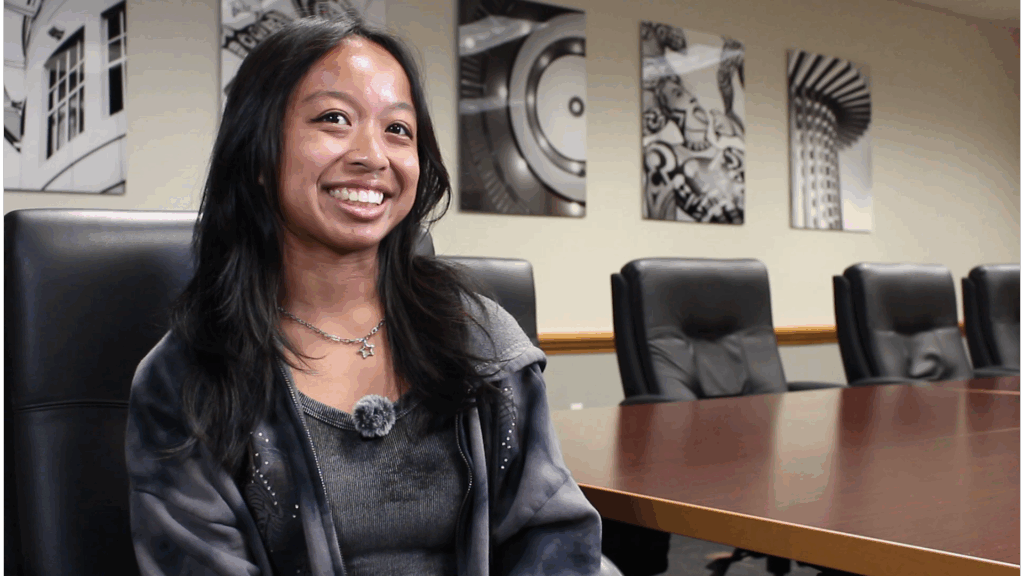Post-traumatic stress disorder, more commonly referred to as PTSD, is a mental health condition that people develop after traumatic experiences or witnessing a life-threatening event, as defined by the U.S. Department of Veteran Affairs. June is designated as PTSD Awareness Month, and we spoke to James Whitworth, an associate professor in the School of Social Work. Whitworth, a U.S. veteran PTSD expert, has treated many veterans with PTSD.
What would you like people to know about PTSD?
Whitworth: There is, unfortunately, a lot of misrepresentation misunderstanding about PTSD. Human responses to trauma represent a person’s attempt to adapt to, cope, understand and recover from what they have been exposed to. Sometimes, that includes denial or avoidance of anything that reminds the person of a threat or traumatic experience. Some individuals have sub-threshold PTSD, which is when you respond to trauma, but don’t exhibit all of the full symptoms.
What can cause a person to develop PTSD?
Whitworth: At least half of all Americans will experience some type of traumatic incident at some point in their lives, and 7 percent to 8 percent of those individuals will develop post-traumatic stress disorder. Some of these incidents include natural disasters; violence from crime; assault or abuse; traumatic loss of life, and other traumatic incidents.
What are some indications that a person might be living with PTSD?
Whitworth: Many people incorrectly think it’s somebody with severe mental illness, someone who can be violent at a moment’s notice or can cause harm to others. What it more realistically looks like is people who are isolating themselves and avoiding anything that reminds them of their traumatic experience(s). That’s a really big sign. A lot of these people don’t want to talk about it, they will deny it happened, and they will often see threats where they are not present.
Is PTSD the same as grief, anxiety or depression?
Whitworth: It’s blurred, but each condition has distinctive diagnosis criteria. For PTSD, the person has to have gone through a traumatic experience that has threatened them or someone they are connected to or identify with. There are four symptom categories of PTSD: they include intrusive memories, such as flashbacks and dreams; avoidance of anything that reminds them of the experience; negative changes in attitude, thinking and mood; and changes in their physical and emotional reactions.
How can people help those who have PTSD?
Whitworth: The number one thing is to try to learn and understand what PTSD actually is. Look for science-based, research-based information. Number two is accepting that PTSD is a normal reaction to an abnormal situation. The third thing is to not force someone to talk about what they have experienced or how they are doing, but be open to listening to them when they do want to talk. Be patient and do not push them and, if you are invited, go with them to go get help. Provide them with support and a sense of community. It is in that context of community and relationships that we heal from trauma.








